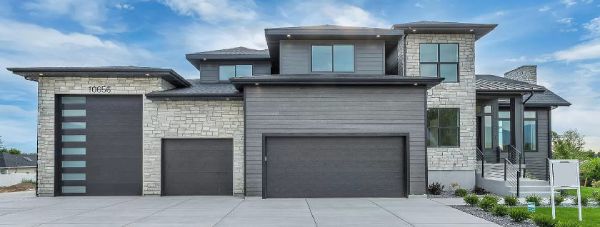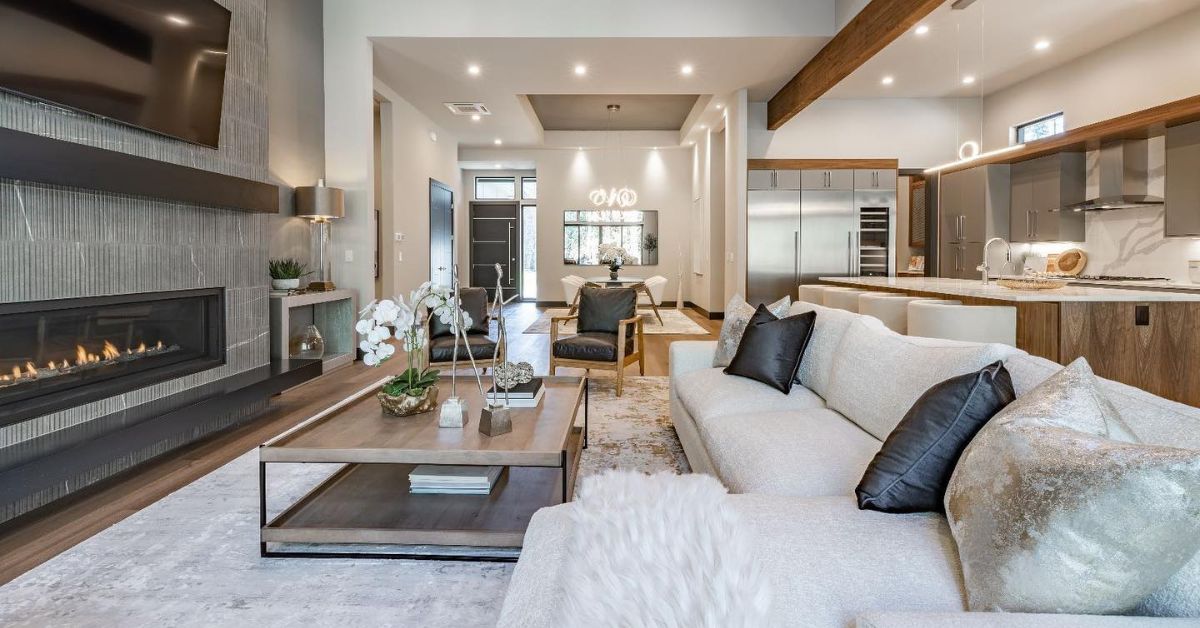Choosing the right paint for your bathroom ceiling is crucial for both functionality and aesthetic appeal. Since bathrooms are exposed to high levels of humidity and moisture, it’s essential to pick a paint that can withstand these conditions while offering lasting results. Different paint types offer varying benefits depending on your needs, from easy maintenance to superior moisture resistance. Here is the list of best paints you can opt for bathroom ceiling:
- Oil Paint
- Latex Paint
- Acrylic Paint
- Waterproof Paint
- Specialty Paints
1. Oil Paint
Oil-based paints are a traditional choice for bathroom ceilings due to their excellent moisture resistance. These paints provide a durable, long-lasting finish that can withstand the humidity commonly found in bathrooms. Oil paints create a smooth, glossy surface that’s easy to clean and maintain, making them ideal for areas exposed to moisture.
Advantages:
- Excellent moisture resistance.
- Creates a durable, washable surface.
- Resistant to peeling and cracking in high-humidity areas.
Considerations:
- Longer drying time.
- Strong odor during application.
- Cleanup requires solvents like turpentine or mineral spirits.
2. Latex Paint
Latex paint is one of the most commonly used options for bathroom ceilings due to its quick drying time and ease of use. This water-based paint comes in a variety of finishes and is known for its low odor and ease of cleanup. It’s an affordable option that offers decent moisture resistance, particularly in satin or semi-gloss finishes.
Advantages:
- Quick drying and low odor.
- Good moisture resistance, especially in satin or semi-gloss finishes.
- Easy to clean with water, making maintenance simple.
Considerations:
- May require multiple coats for even coverage.
- Not as durable as oil-based paint in extreme humidity.
3. Acrylic Paint
Acrylic paint is another excellent option for bathroom ceilings. This type of paint is known for its flexibility, which helps prevent cracking over time. Acrylic paint also offers good moisture resistance, making it a durable choice for high-humidity areas like bathrooms. It’s low odor and easy to clean with water, making it a convenient option for busy households.
Advantages:
- Durable and moisture-resistant
- Flexible, preventing cracking over time.
- Low odor and easy to clean with water.
Considerations:
- Can be more expensive than standard latex paints.
- Not as water-resistant as specialized waterproof or enamel paints.
4. Waterproof Paint
Waterproof paint is designed specifically to create a strong barrier against moisture and dampness. It is an excellent choice for bathrooms that experience significant water exposure, as it can prevent water seepage into the ceiling and protect against mold and mildew growth. This type of paint is particularly valuable in shower areas or ceilings that are exposed to heavy moisture.
Advantages:
- Creates a strong barrier against moisture.
- Prevents water seepage and protects against dampness.
- Highly resistant to mold and mildew.
Considerations:
- Limited color options compared to regular paints.
- May require professional application for the best results.
5. Specialty Paints
Specialty paints are formulated specifically for high-humidity environments like bathrooms. These paints often come with additional features, such as mold- and mildew-resistant properties, to prevent fungal growth. While they tend to be more expensive than standard paints, they provide superior durability and moisture protection, making them ideal for bathroom ceilings.
Advantages:
- Mold- and mildew-resistant formulations prevent fungal growth.
- Designed specifically for high-humidity environments like bathrooms.
- Provides superior durability and moisture protection.
Considerations:
- Typically more expensive than standard paints.
- Limited availability compared to conventional paint types.
How To Choose The Right Type of Bathroom Ceiling Paint?
1. Moisture Resistance
When choosing paint for your bathroom ceiling, moisture resistance should be a top priority. Bathrooms are naturally exposed to water vapor, so selecting a paint that can withstand constant exposure to moisture is essential for maintaining the paint’s appearance and longevity.
2. Finish Type
The finish of the paint plays a crucial role in both the appearance and functionality of your bathroom ceiling. Here are the most common finishes to consider:
- Glossy
- Semi-Gloss
- Matte
For bathroom ceilings, glossy and semi-gloss finishes are typically recommended for their superior moisture resistance and ease of maintenance.
3. Durability and Longevity
Bathrooms endure daily wear and tear, especially around the ceiling. Opt for a paint that offers excellent durability to prevent peeling, cracking, or staining over time. Paints that are specifically designed for high-humidity areas tend to be more resilient and longer-lasting.
4. Ventilation and Bathroom Usage
Consider the amount of ventilation your bathroom has when selecting paint. Bathrooms with good ventilation may not need the most high-end moisture-resistant paint, but areas with poor ventilation, such as bathrooms without windows or fans, will benefit from paints that provide extra protection against mold and mildew.
5. Ease of Application and Maintenance
Some paints are easier to apply than others. If you’re planning a DIY project, consider paints that are easy to work with, have low odor, and clean up easily with water. Additionally, think about how much time you want to invest in maintaining the ceiling after it’s painted. Some paints require less frequent touch-ups or cleaning than others.





